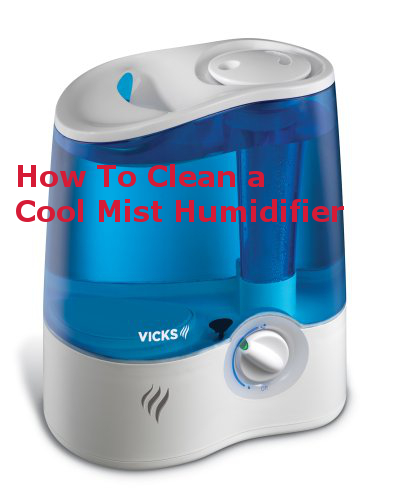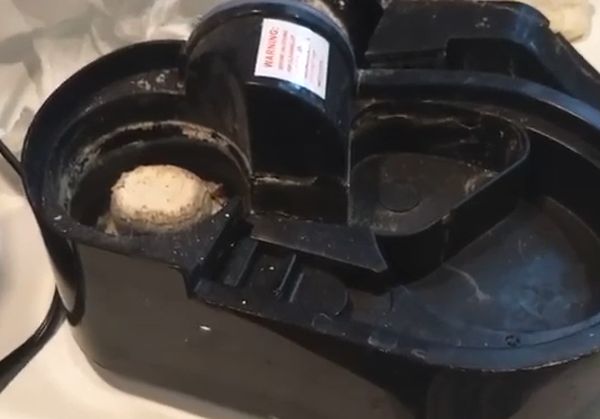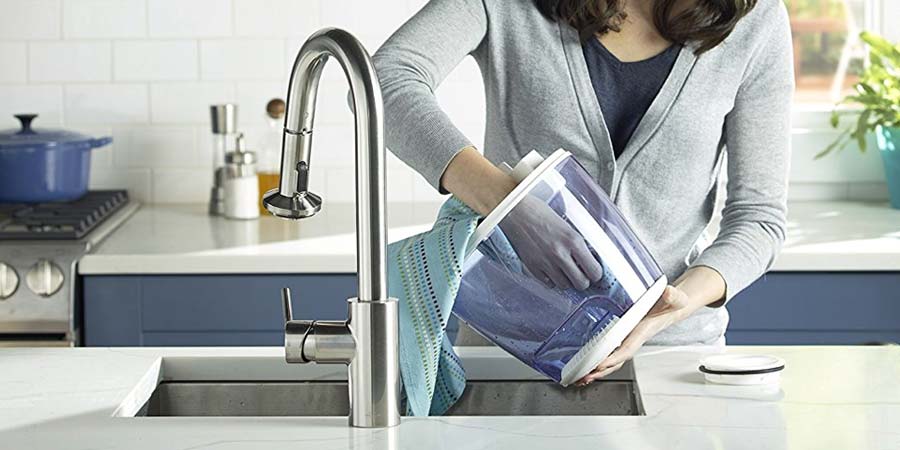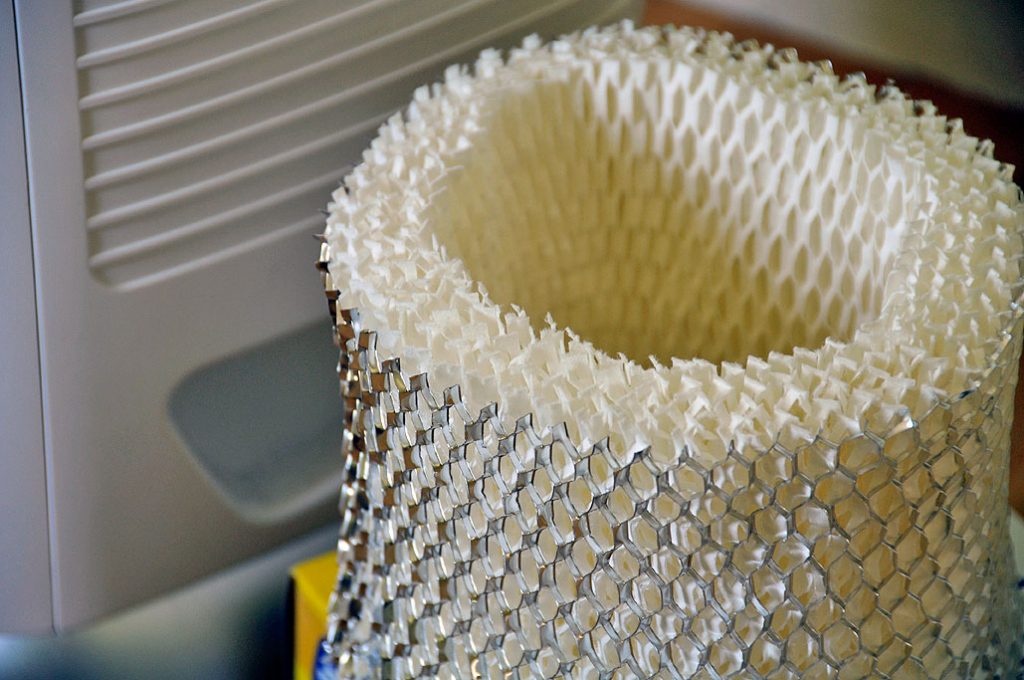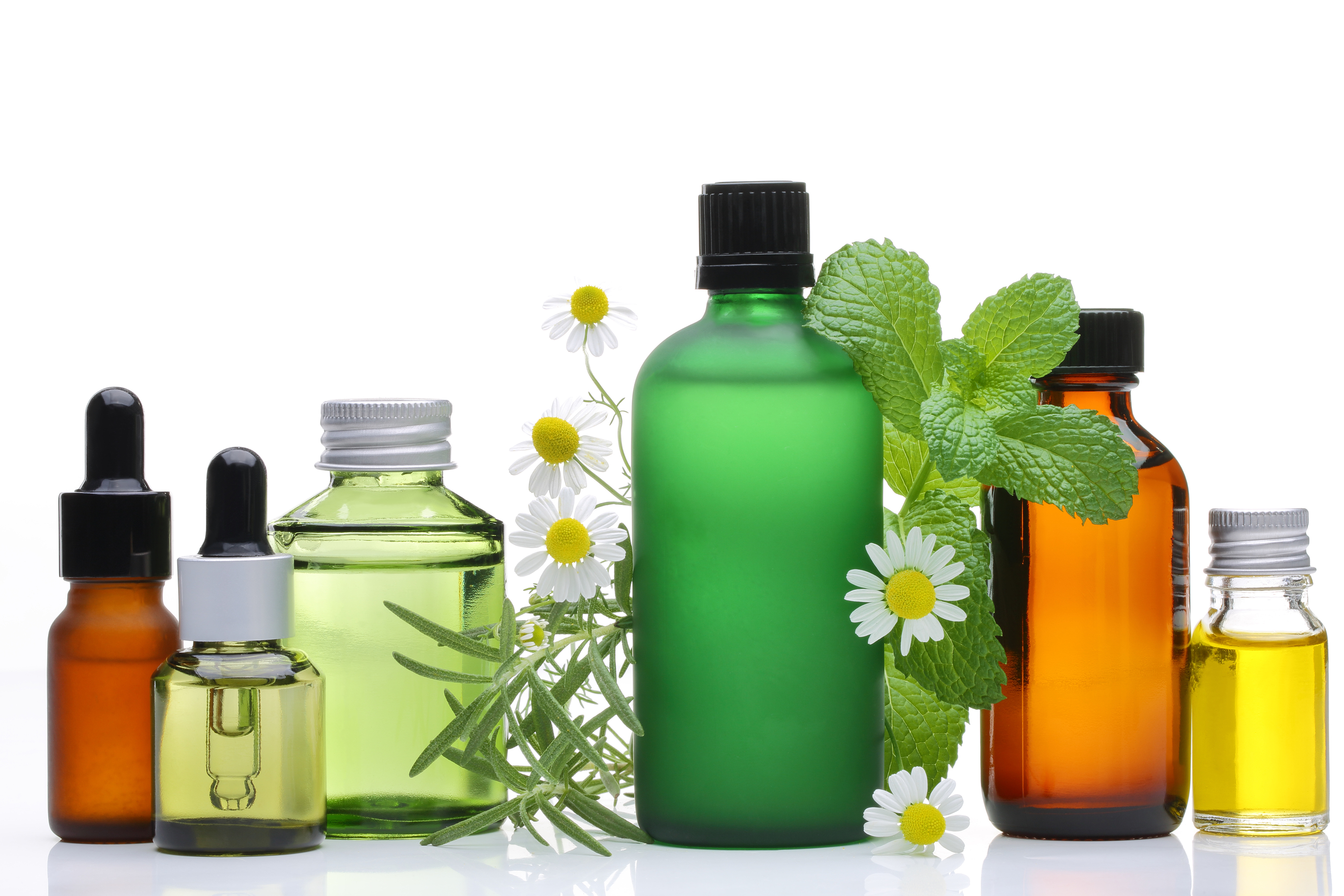How To Clean a Cool Mist Humidifier
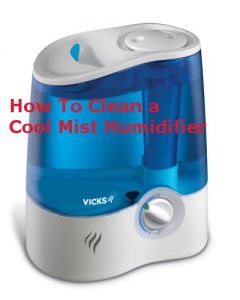 If your heaters dry out the air, humidifier is a must. But if you don’t clean it properly, it will cause all kinds of trouble.
If your heaters dry out the air, humidifier is a must. But if you don’t clean it properly, it will cause all kinds of trouble.
With winter fast approaching, the heating season starts. Radiators, heaters, basically any source of heat or fire, will dry out the air in the room.
Hot air expands quickly, becoming “thirsty” and draining the water out of anything it comes to contact with.
That includes you. A room full of dry air can cause all kinds of discomfort such as dry, itch throat, dry skin, and teary eyes.
That’s why people opt for a humidifier, a device that returns the moisture back into the air, and with it also returns the pleasures of watching snow, out of the comfort of a hot, cozy bedroom.
However, humidifiers can be a nasty place. If they are not cleaned regularly, and properly, they can become a breeding ground for all kinds of different bacteria, viruses, or mold, making them do more harm than good.
Dirty humidifiers easily get contaminated with mold that can activate different allergies, irritate the respiratory system, or may even trigger an asthma attack.
Without proper maintenance, humidifiers can cause symptoms that resemble the flu, especially with small children.
That’s why it’s very important to make sure your humidifiers are clean and disinfected.
There are three different types of maintenance that must be used in order to have a properly working humidifier.
Each type of maintenance is equally important and must be performed:
– The daily cleaning, that includes replacing the water in the humidifier once a day.
– The weekly cleaning, that includes cleaning and disinfecting all parts of the humidifier.
– The end-of-season cleaning, to make sure the humidifier works properly next winter, too.
Cleaning on a regular basis is important for maintaining a humidifier’s performance, because bacteria can multiply in sitting water and reenter the air, if maintenance is not performed.
To keep your air fresh, and your room moisturized, here are a few steps you should take:
1) Prepare all the material needed to perform the maintenance. You will need the following: Undiluted white vinegar, some bleach, a soft cloth, a teaspoon, a measuring cup, a medium sized bowl, an old toothbrush, a screwdriver.
Daily cleaning: It includes replacing the water from the humidifier, on a daily basis. Empty the water from both the tank, and the water basin. Fill it back up and you’re ready to use your humidifier.
Weekly cleaning: Firstly, make sure you always turn off the humidifier and unplug it before you start cleaning.
Remove the tank from the base; remove the motor housing and the filter.
Empty the water from both the tank and the water basin.
Fill the water tank with a half-gallon of water (or two liters), and add two tablespoons of white vinegar.
Shake the tank vigorously and after that allow it to sit for 20 minutes.
After the 20 minutes end, shake the tank again, and then empty the water.
Rinse the water tank with water, to get rid of the vinegar odor.
Make the half-gallon (two liters) water and white vinegar solution again, and pour it right into the water basin. Let it sit for 20 minutes, and then empty it. After that, rinse with clean water a few times, in order to remove any vinegar odor.
In order to disinfect the water tank and the basin, you should put one teaspoon of bleach into a gallon of water (four liters).
Once the solution is prepared, pour some of it into the tank, and some into the basin.
Let it sit for 20 minutes, and then empty it. After that, rinse with clean water thoroughly, to remove the smell of bleach.
In order to clean the filter, you should put it into a medium sized bowl, or a sink filled with cool water. Move it around the water, so that it dislodges any minerals or other materials that might have built up in it.
Make sure you only use clean water when cleaning the filter; do not mix it with anything.
Wipe it completely dry with a clean, soft cloth. Wipe the exterior surface of the water tank and water basin with a soft, dry cloth.
Warning: Never immerse the water basin in the water.
The motor itself can sometimes grow mold, which is why it’s important to clean it as well.
The motors may vary, depending on the manufacturer, but the principle is the same.
Remove the housing screws and remove the motor housing.
Wash all plastic parts in warm water. Use the toothbrush to clean all the places that are hard to reach.
End of season cleaning: Perform the same weekly maintenance, and make sure that the water tank has air dried, without the water cap secured.
At the end, make sure the water basin and the water tank are completely dry before end of season storage. Store the humidifier in a cool, dry place.

